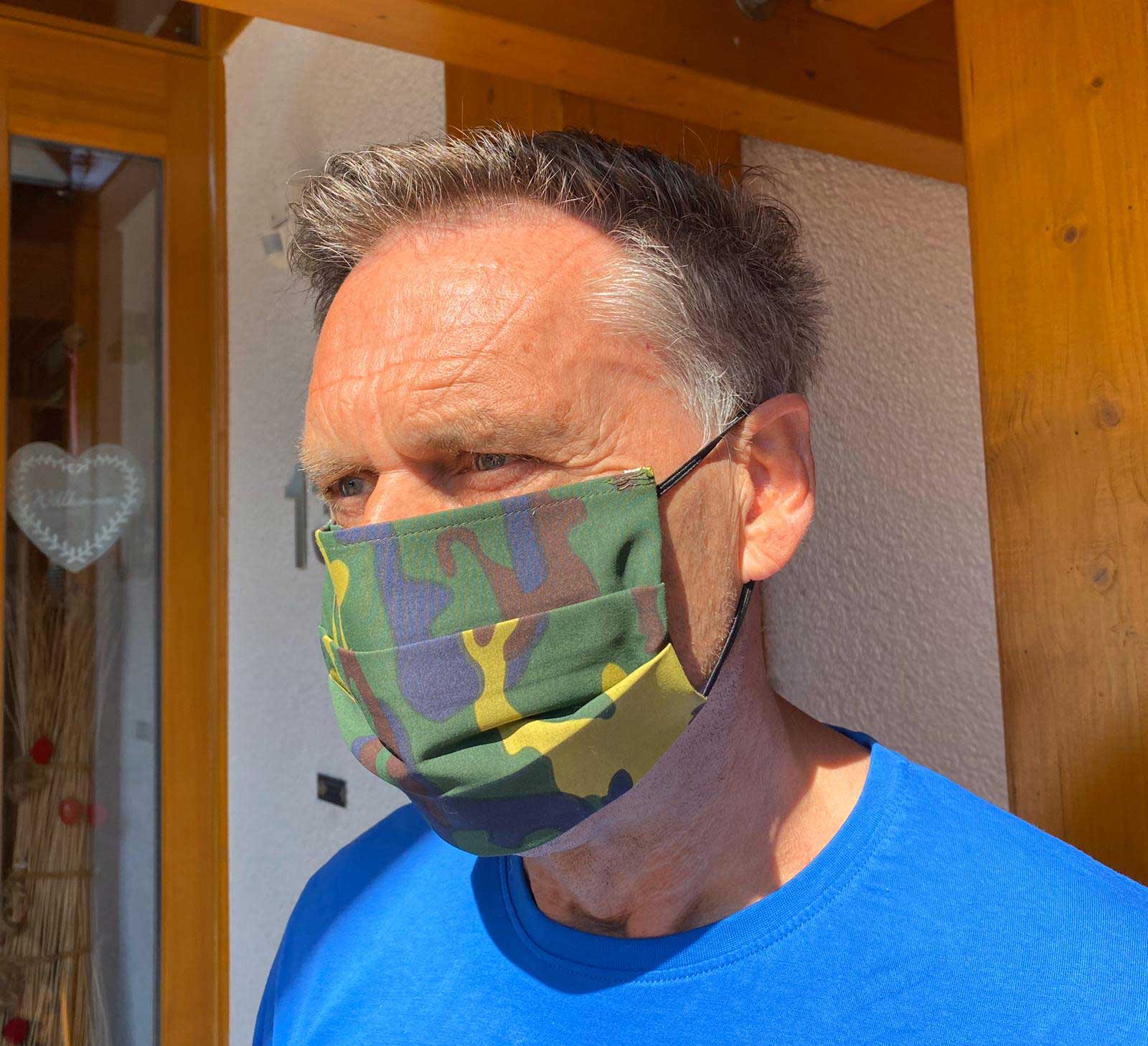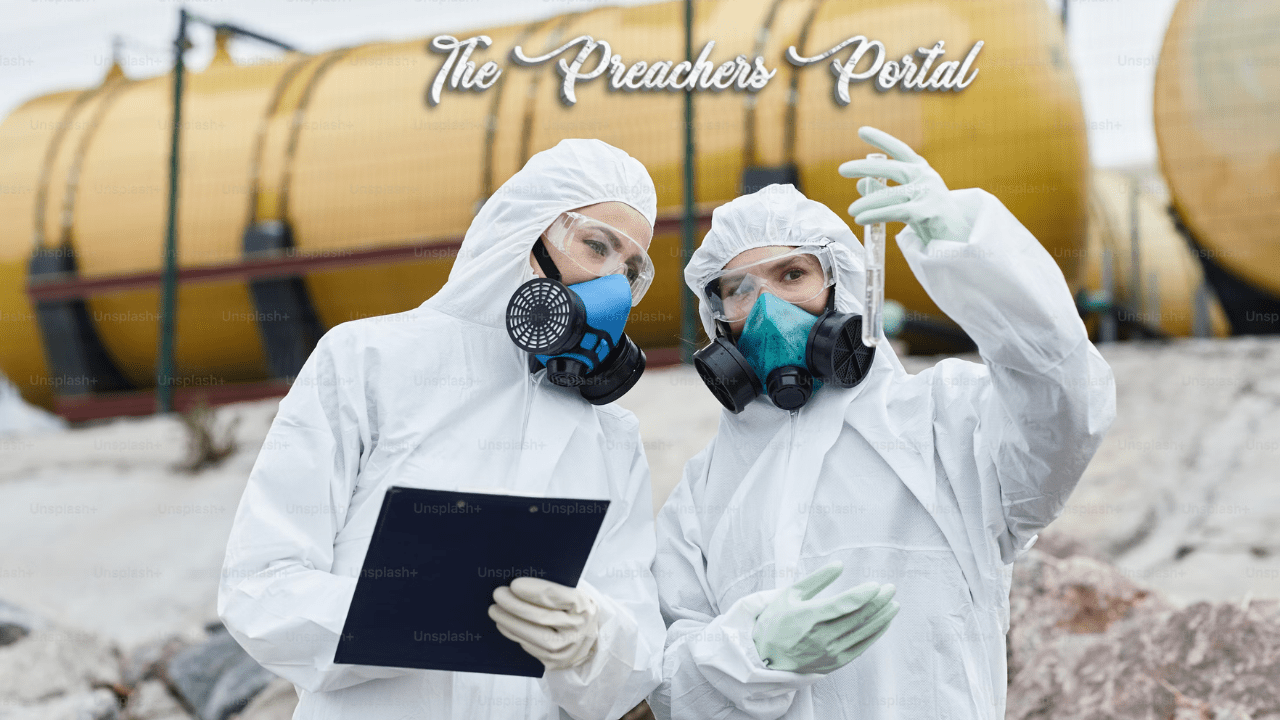7 Signs It’s Time To Replace Your Face Mask – Natasha Hinde
7 Signs It’s Time To Replace Your Face Mask – Natasha Hinde
Reusable cloth face masks are a good tool to prevent the spread of Covid-19. They’re also a better solution for mass use than disposable surgical masks, which are a potential source of microplastic pollution, according to a recent study published in the Marine Pollution Bulletin.
But as eco-friendly as cloth masks may be, they do become less effective at blocking the coronavirus when they’ve been worn thin by repeated washing and wearing.
With this in mind, it’s important to look out for the signs that your mask is no longer safely filtering out the respiratory droplets that carry the virus. Besides all the homemade facial coverings we’ve been using, many commercially made masks come with no warning of when it’s time to toss the product.
So we tapped an infectious disease expert, a dermatologist, a licensed physician and a washing expert to weigh in on all the signs you need to replace a mask. From loose straps to exposed threads, below are the warning signs your mask may be on its last legs.
ALSO, CHECK Tips On Overcoming Depression Effectively Without Medication
The straps are worn out.
Rather than the mask fabric itself, it’s the elastic ear loops (or ties) that are the first place to show signs of wear ― especially if the mask has been exposed to high heat in the dryer, advised Hannah Yokoji, brand director of The Laundress, which sells non-toxic laundry and home cleaning products.
7 Signs It’s Time To Replace Your Face Mask
“The biggest thing to watch out for is the straps that keep the mask in place,” Yokoji said. “If these ties become loose or stretched, you need to stop using it straight away, because if the mask isn’t fitted properly to your face, you could be putting yourself and others in danger of Covid-19.”

The fit is no longer snug.
If you’ve been wearing your mask for a while and the fit is starting to loosen ― especially if the mask no longer securely covers your nose and mouth ― Yokoji advised either replacing the worn-out elastic or retiring the mask altogether.
“Your mask needs to fit snug under the chin, across the cheeks and around the nose,” she told HuffPost. “It shouldn’t have any gaps at all.”
A mask should also be replaced “if the nose clip no longer fits tightly around your nose,” said clinical public health and infectious disease expert Christina M. Madison.
There are exposed threads, tears or holes.
Retire any mask that has “threads, tears and holes that are exposed or torn,” Madison advised. Never use a mask with rips in it, she said, because the virus can enter and exit this way.
The mask is stained.
Whether they’re caused by coffee spills or makeup, licensed physician Leann Poston said that stains on a mask can also be a sign that it’s worn out.
“If the mask is visibly soiled and washing does not remove the stain, it’s probably time to toss it,” she added. “A stained mask has probably been overused and needs replacing.”
The fabric has worn thin.
Mask materials can become thinner the more you wash them, and thinner fabric provides a weaker barrier to the transmission of Covid-19, according to cosmetic dermatologist Howard Sobel, founder of Sobel Skin.
Though holes and gaps in your mask may be more obvious, Sobel said that testing for worn fabric can also be easily done in several ways.
“You will probably be able to tell a cotton mask has become thinner by look and feel,” he explained to HuffPost. “A way to test is to try blowing out a candle with your mask on. If you are able to blow it out, the mask is not effective at protecting you.”
7 Signs It’s Time To Replace Your Face Mask
Similarly, Poston suggested checking whether you can see through the fabric or, outside in colder temperatures, whether your breath is visible.
“If you hold the mask up to the light and can see light through it, it is probably too thin to be effective,” she said. “Another option is to blow through the mask and see if you feel your breath or see it, especially if it is cold outside.”
You haven’t been washing the mask according to the manufacturer’s instructions.
To preserve a mask, Madison said it’s important to wash it correctly.
“Not all face masks are made the same,” she explained. “It’s best to look at the care instructions provided with the product. If the product doesn’t specifically state that it can be machine-washed, it’s best to wash it by hand and then allow it to air-dry.”
Yokoji suggested investing in washing mesh bags, which help protect delicate fabrics.
You’ve washed a mask more than 30 times.
In any case, “frequent washing will stretch the fibres in some fabrics,” Poston said. This makes it crucial to wash your masks carefully but also to recognise when they’ve reached the end of their lifespan.
If you are using a high-quality mask, Madison advised a guideline of 30 washes or 30 wearings.
“Typically, 30 washes (or 30 years) is a good rule of thumb if it’s a high-quality mask,” she said, “because generally, cloth face masks will lose their shape, elasticity and effectiveness after multiple washes.”














